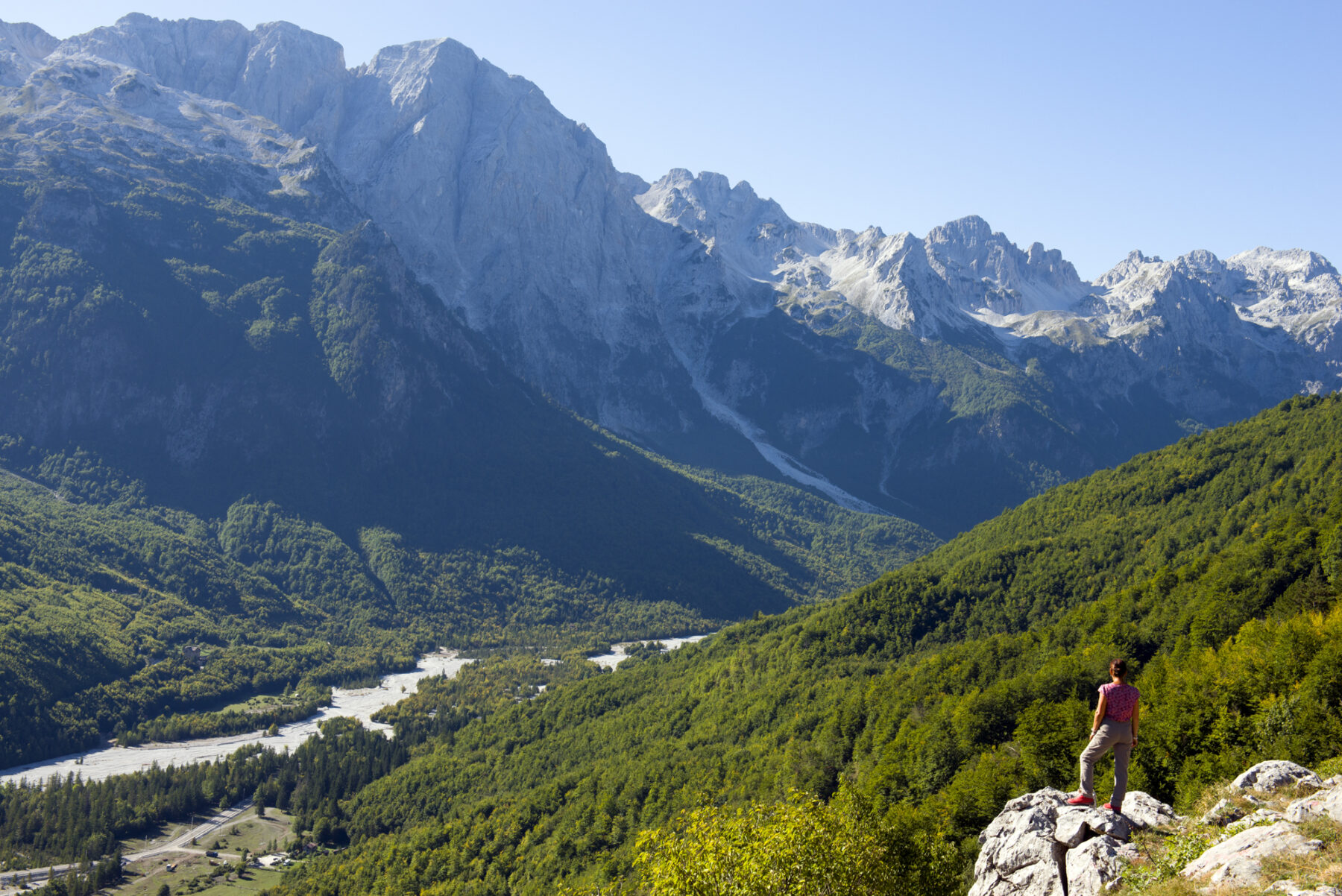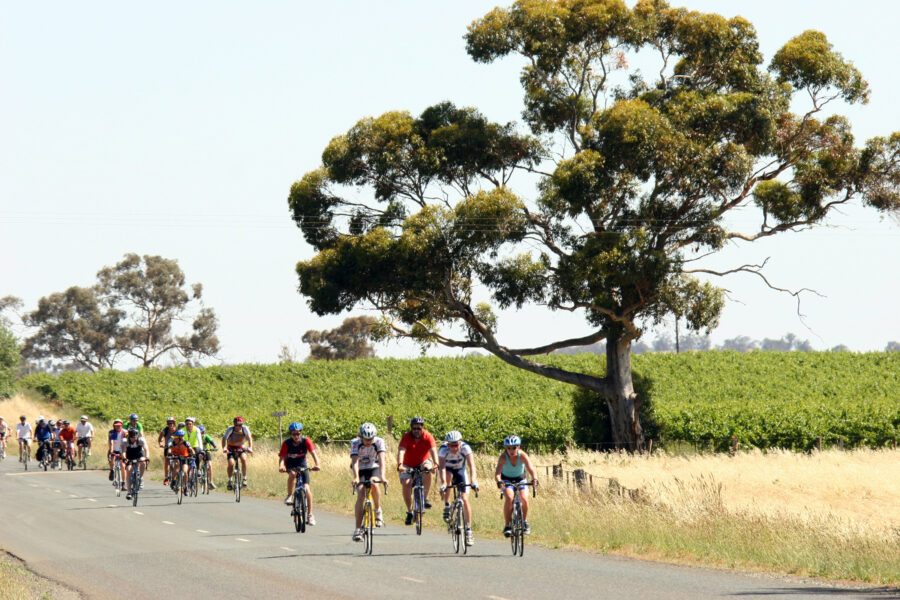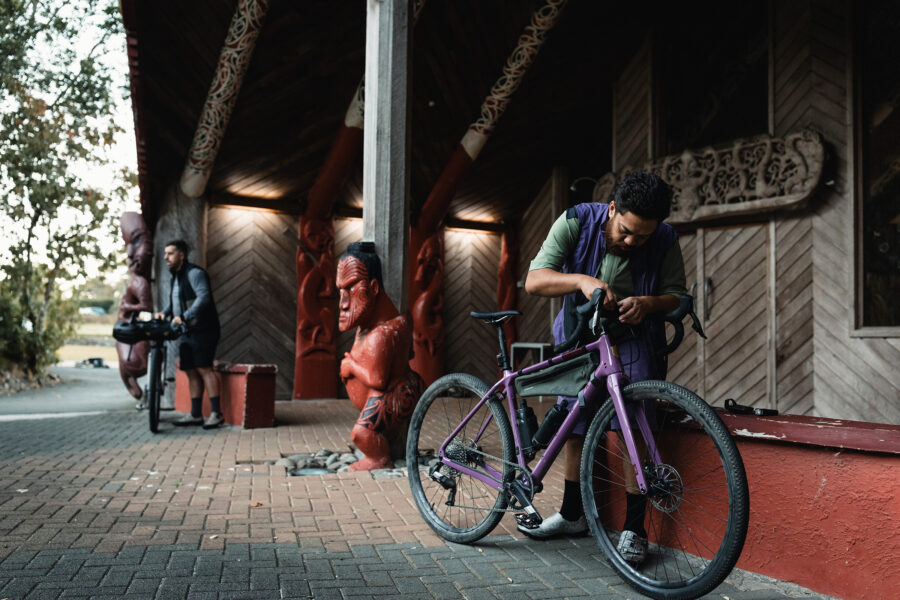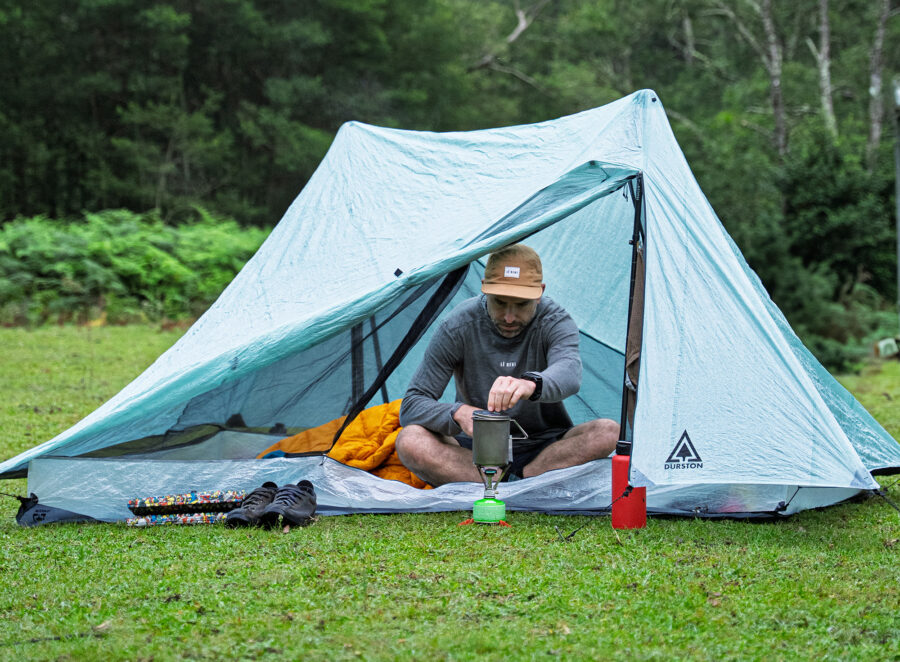“Valbona is my favourite valley. I could live here.” This passionate and spontaneous confession comes from Albi, a young Albanian from the capital Tirana. I can see why. Deep beech forests cover the valley floor and cling to the steep flanks. Under its canopy, moss, lichen and fungi thrive. Delicate pink cyclamen flower in the filtered half-light. These ancient beech forests frame the Valbona River, with its polished rocks and turquoise pools. And above this enchanted forest world rise sharp limestone peaks like wolf fangs into the blue sky. It’s an incredible welcome to Albania.
Fact 1: Around 70 per cent of Albania is mountainous
Albi is our tour leader on an organised walking tour in northern Albania. We explore two of the country’s 15 national parks, Valbona and Theth national parks. They cover a large chunk of the Albanian Alps, or “Accursed Mountains”, as they are called locally. These wild mountains hide in the extreme north-eastern corner of the country. Neighbouring Kosova is just on the other side of the jagged peaks.
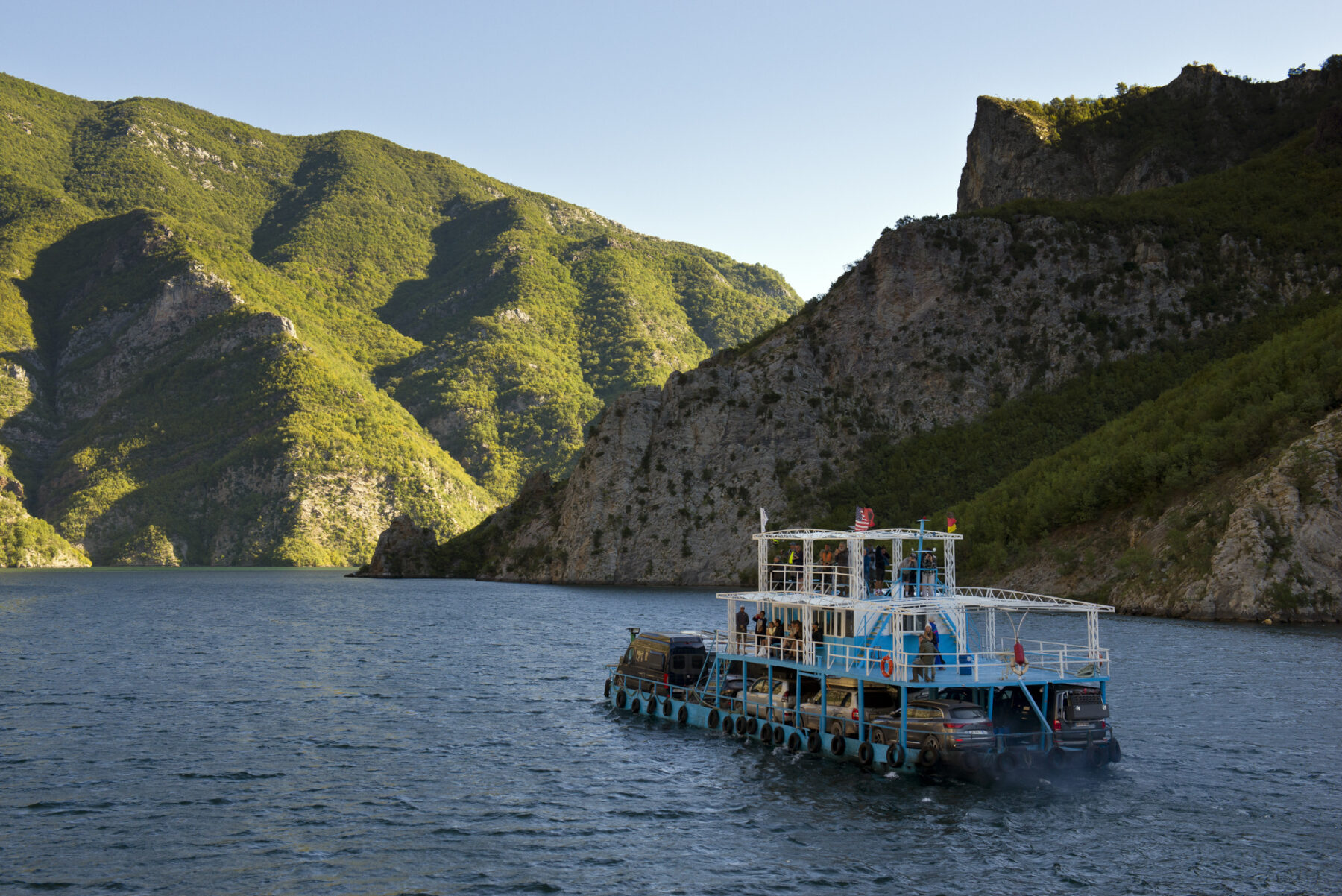
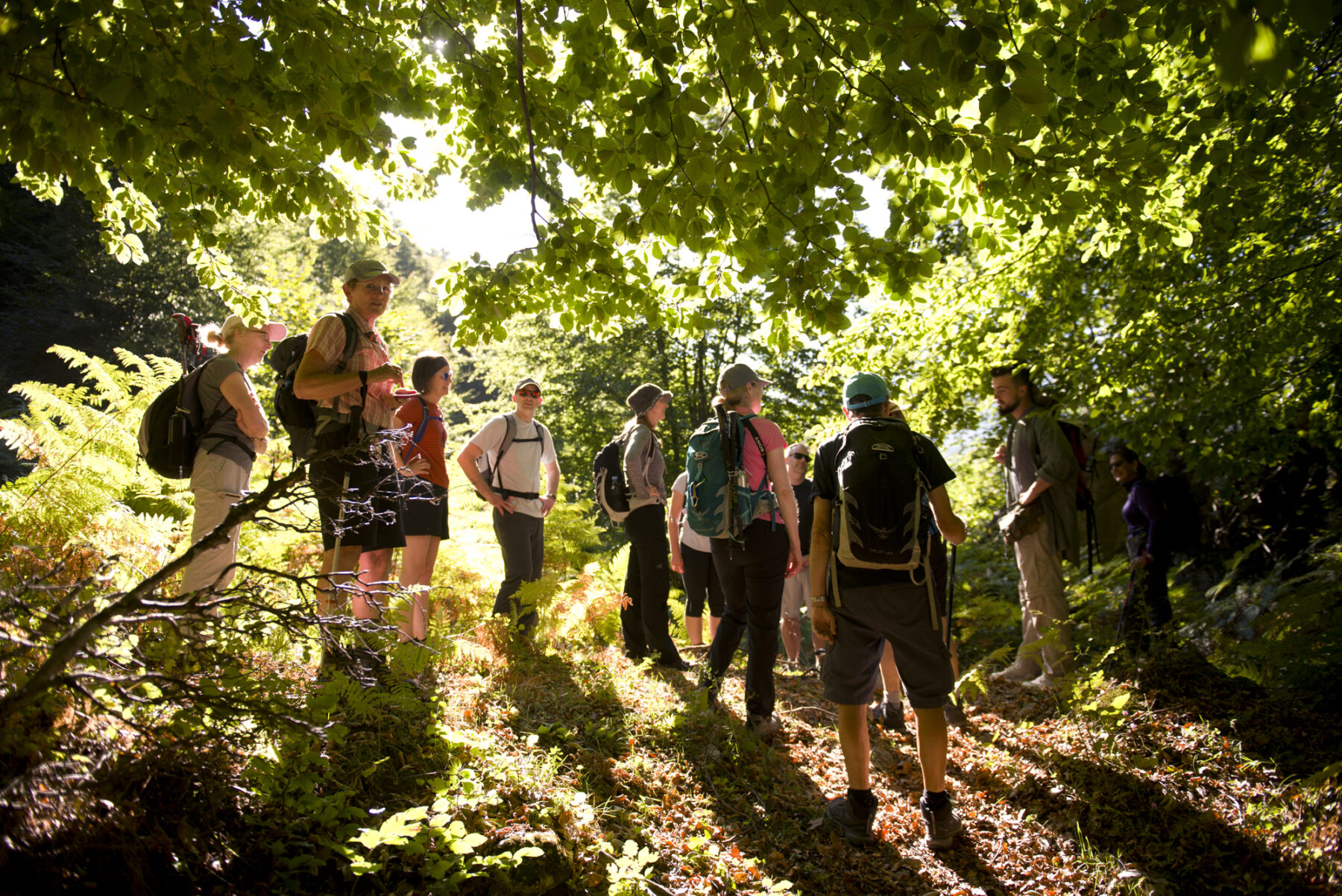
We reached Valbona via an almost three hour long ferry ride from one end to the other of Lake Koman. This lake snakes through sometimes verdant, sometimes breathtaking rugged mountains, like a Norwegian fjord. Lake Koman, however, is not natural. It is a reservoir; the result of a dam built during the communist times for the generation of hydroelectric energy.
Fact 2: Albania is one of only three countries that doesn’t have to rely on fossil fuels for energy production
Albania, for over four decades, was a hermit country, closed to the outside world. During this time, its cruel and paranoid communist leader, Enver Hoxha, turned the country into one of the most isolated and repressive in the world. From fear of foreign invasion, Hoxha ordered the construction of over 173,000 concrete bunkers throughout the country. Some can still be seen along the main road in Valbona. In 1990, Albania opened its borders and since the early 2000s, travellers began discovering the country.
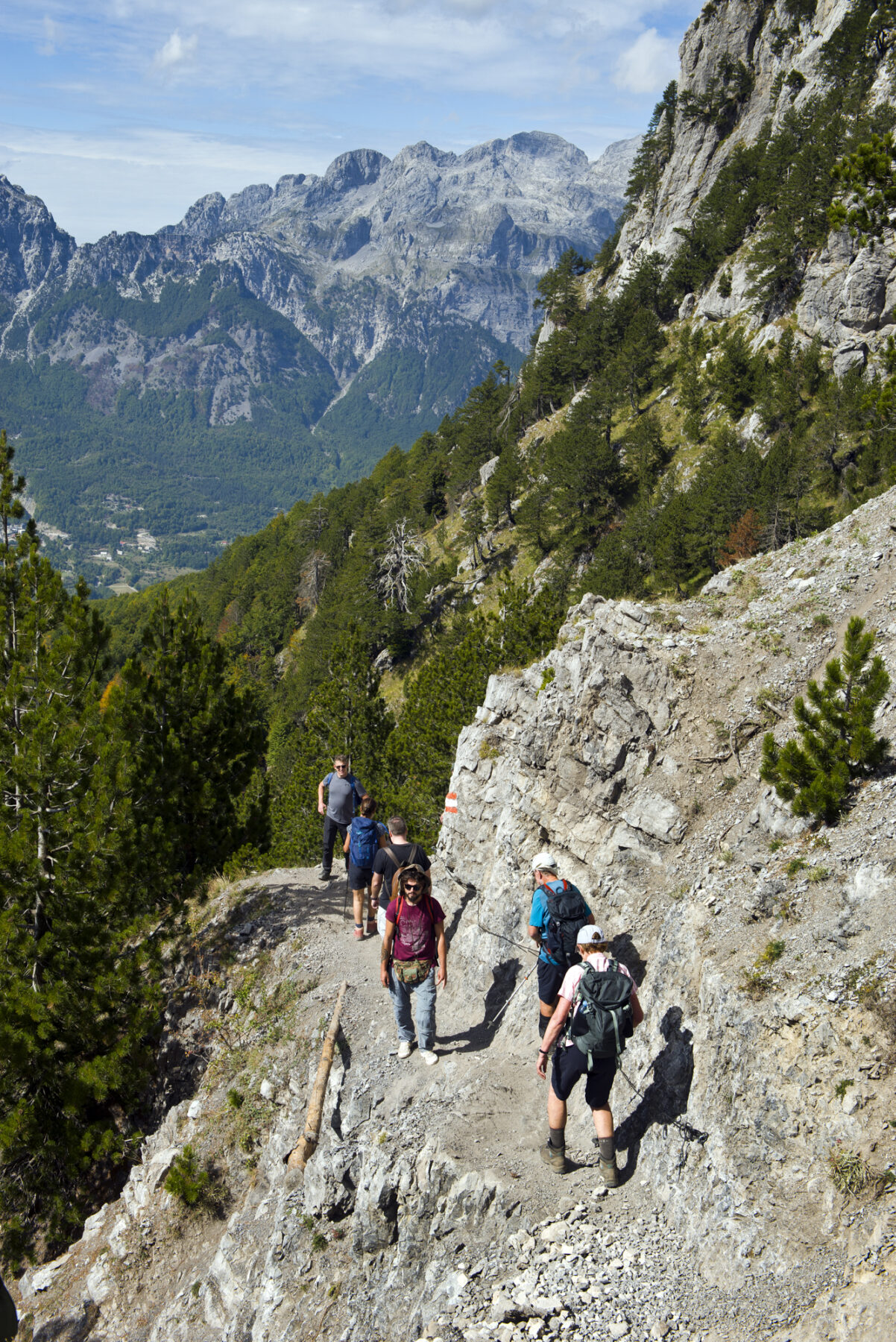
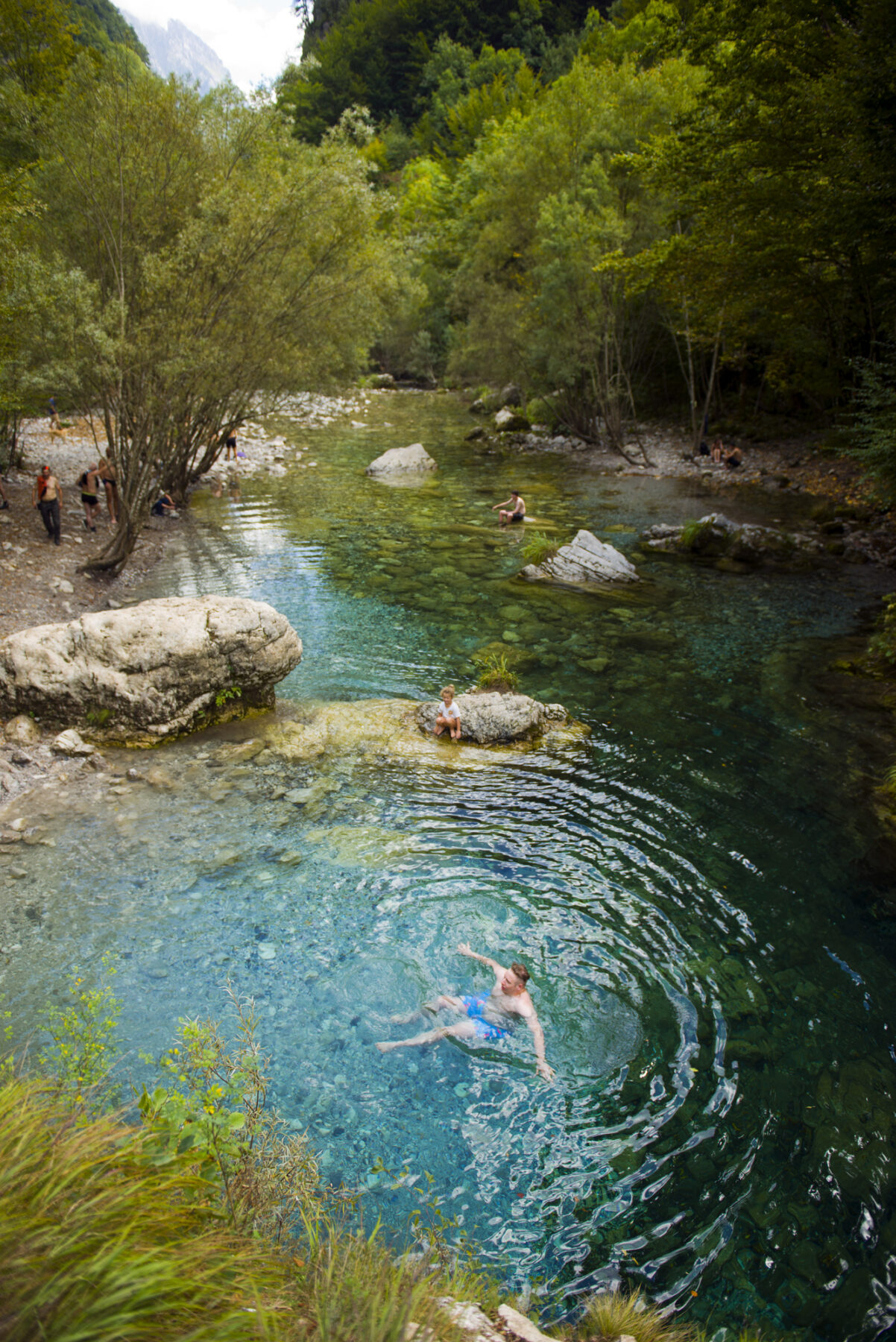
Albi takes us on three walks in Valbona National Park. We follow the Valbona River through ancient beech forest and up to the Snake Meadows, an alpine pasture with two farmhouses. Autumn Crocus carpet the meadows. The high forest above the meadows is already displaying a hint of autumn colouration. Above rise steep, trackless peaks. At the farm we sample mountain tea and homemade yoghurt. Another walk takes us to the isolated hamlet of Kukaj, a cluster of houses only accessible via a rough 4WD track, or on foot. Maize and pumpkin ripen in terraced fields. Above, the impossibly steep limestone peak of Maja e Thate rises towards the sky. On all these walks we hardly ever see other visitors.
Fact 3: It was only in 2009 that four glaciers were discovered in the Accursed Mountains, in Albania’s north
These three walks serve as the warm-up acts for the highlight of the trip: the traverse from the Valbona Valley over Valbona Pass into Theth National Park. This dramatic traverse leads us above the beech forests close to the vertical world of the surrounding peaks. It is a walk that might challenge walkers suffering from vertigo. Near the pass the track is exposed, leading under a vertical cliff line to a weak spot in the range. As part of the “Peaks of the Balkan” long distance walk, it is the most popular walk in the Albanian Alps. The privilege of being alone doesn’t apply here.
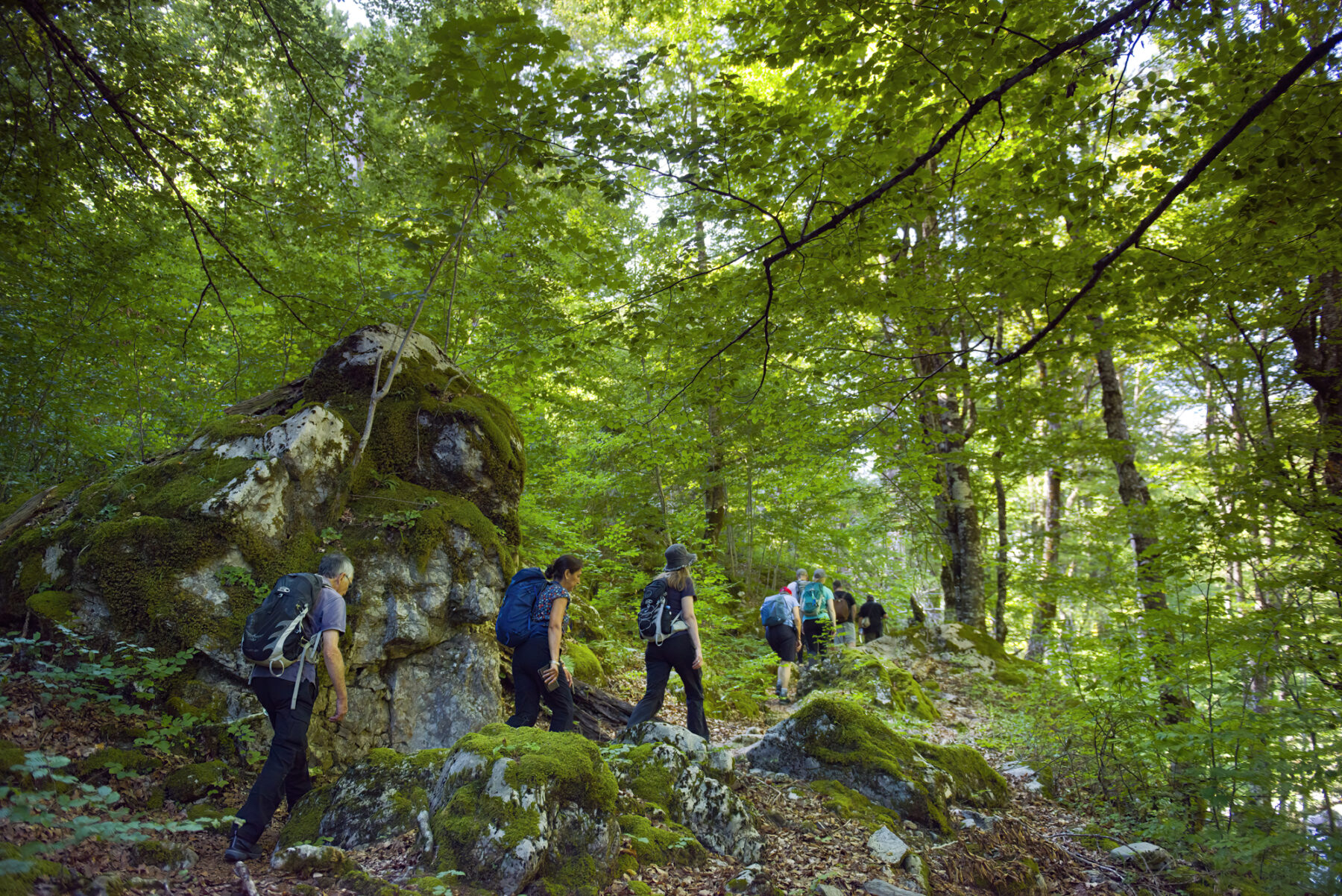
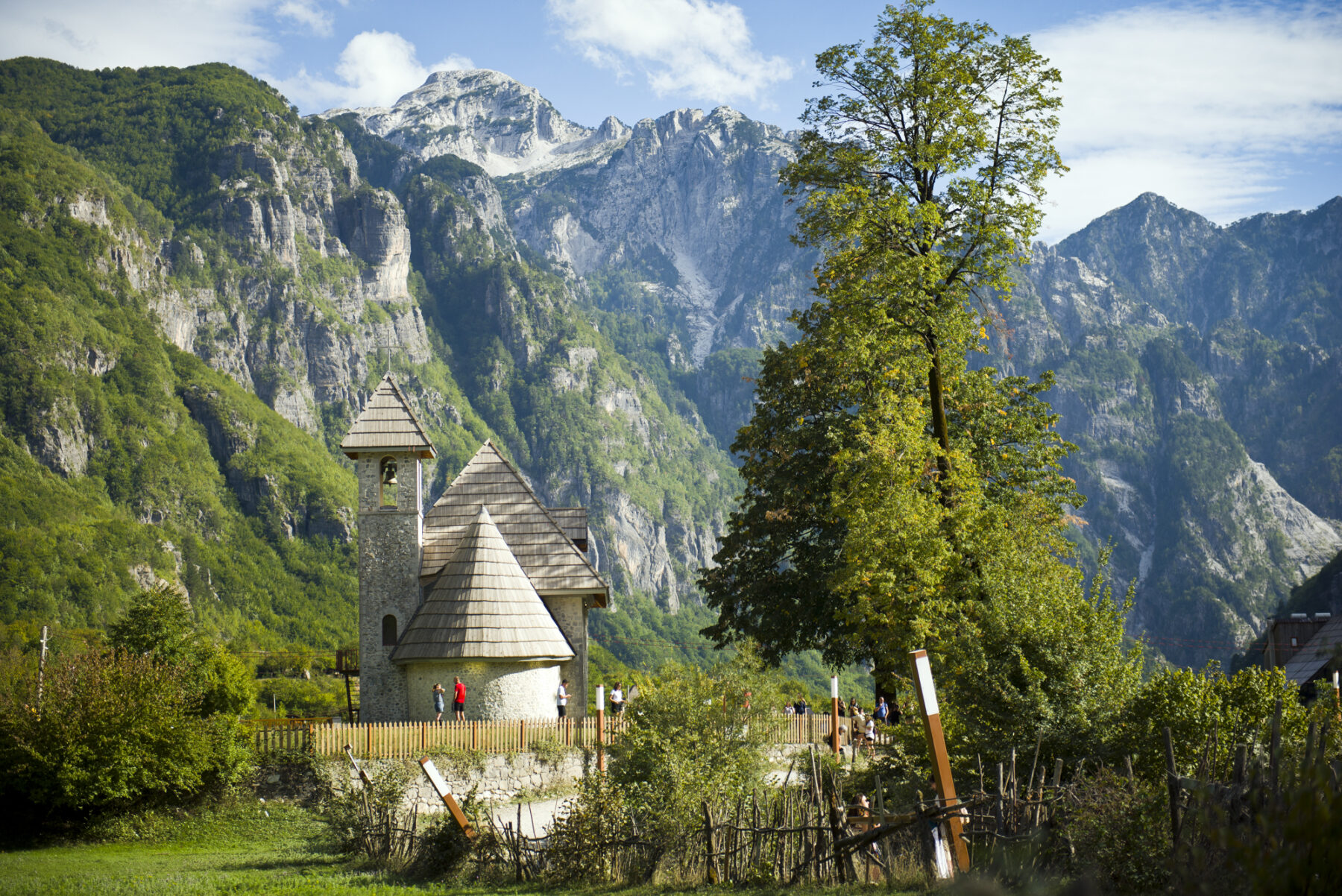
On the other side of the pass, a long descent of 1200 vertical metres awaits. Deep below, in what was once the most remote valley of Albania, Theth awaits. This quiet, secluded village was previously almost disconnected from the rest of Albania. It is now rapidly becoming a destination of choice for European mountain walkers and bikers.
We spend a full day exploring Theth National Park. On a lengthy walk we follow a rocky path through forest to our first destination, the Grunas Waterfall. It is a popular destination with its own WIFI Hot Spot. Take your shot and post it immediately on Instagram!
Fact 4: Albania is home to Europe’s cheapest and fastest internet
Instagram seems to have the power nowadays to propel certain attractions into visitor favourites. The popularity of Grunas Waterfall is one example. The other is the Blue Eye, another hugely popular hotspot in Theth National Park. Hidden away in a steep, heavily forested valley, the Kaprea Creek tumbles down from the barren limestone peaks high up and forms a rock pool famous for its deep blue colour. This natural jewel is on the list of most visitors to the national park.
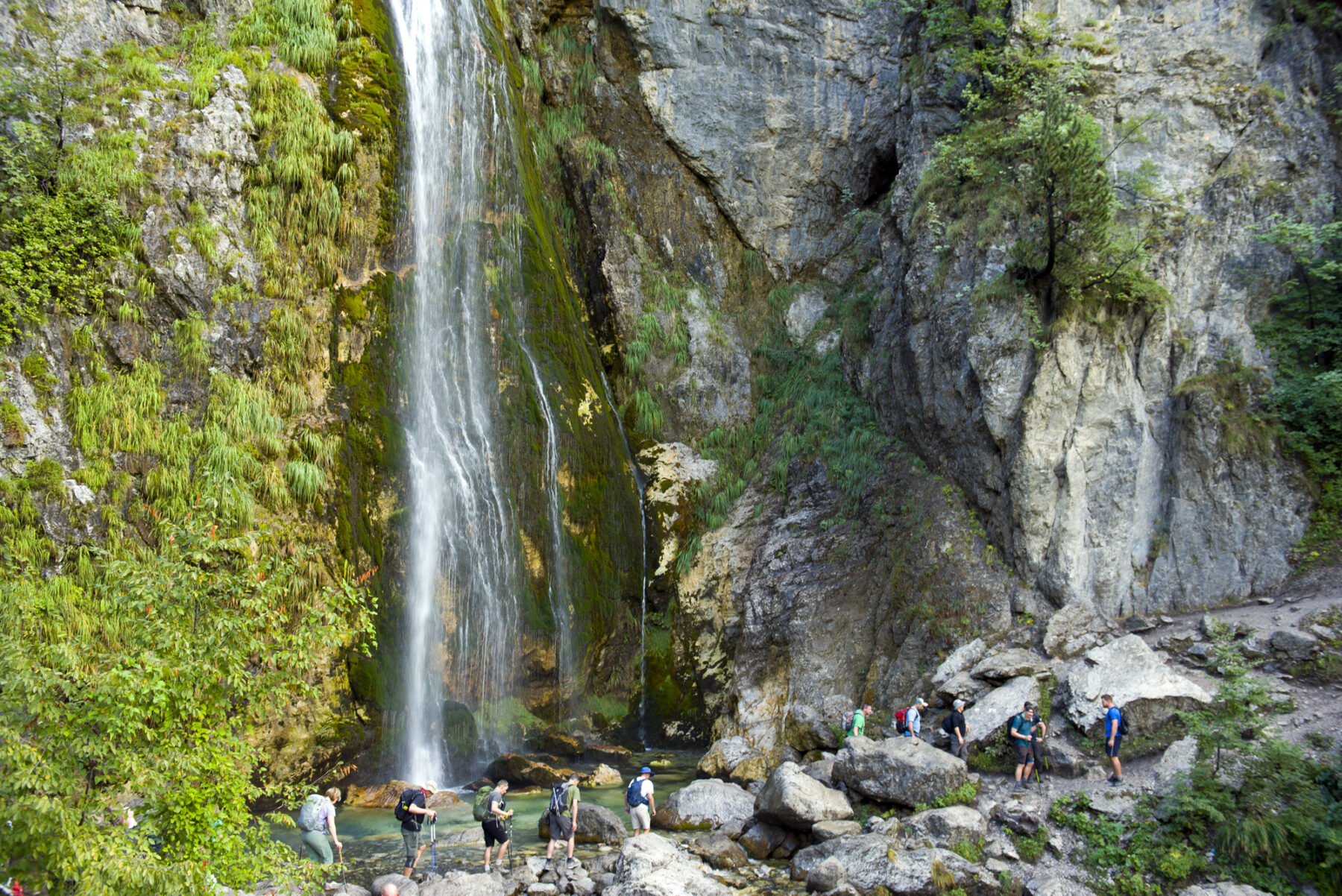
Albi is very much aware of the changes. “Tourism in Albania is rapidly growing,” he says. “Here in the mountains, we have a steady increase of visitors.” In 2024, Albania was ranked fourth globally for the largest percentage increase in international tourist arrivals. Not all venture into the mountains in the north, however. Despite the crowds at some of the hotspots, the wild Albanian Alps still linger in relative obscurity and form an exciting playing field for visitors to explore.
The writer was a guest of Explore Worldwide, with support from Turkish Airlines
The Essentials
Getting there: Turkish Airlines flies from Sydney to Istanbul, where you join an Air Albania (operated by Turkish Airlines) flight to Tirana.
The adventure: Explore Worldwide runs an eight-day Hiking in the Albanian Alps tour. This hike is graded medium, with one day that requires good fitness and stamina.
More info: See Explore Worldwide for this and plenty of other small group adventure holidays.
